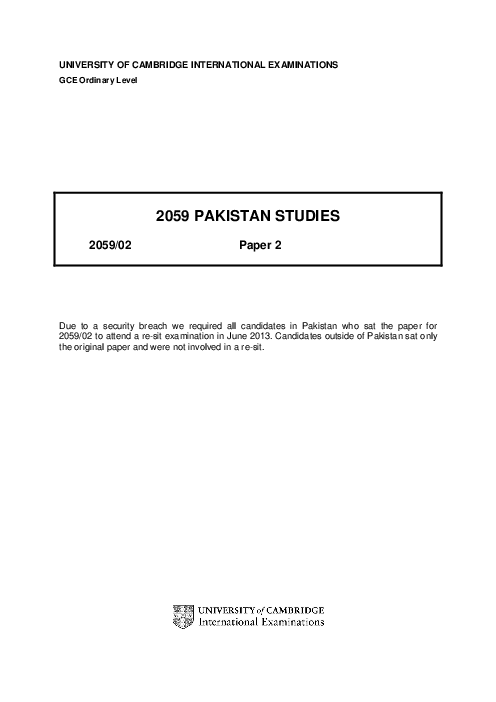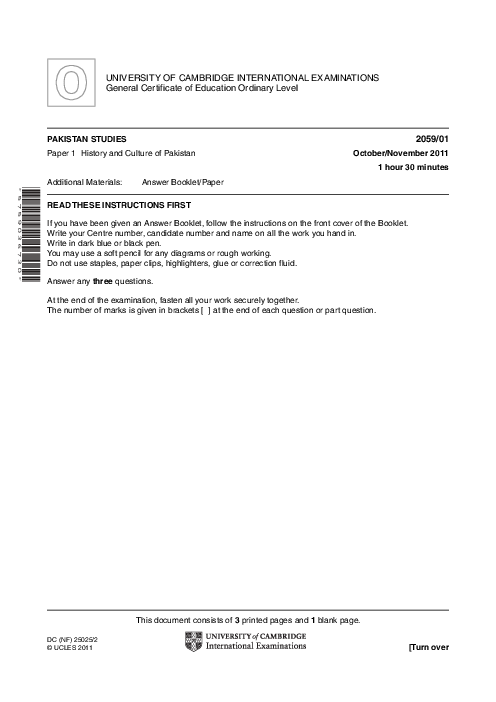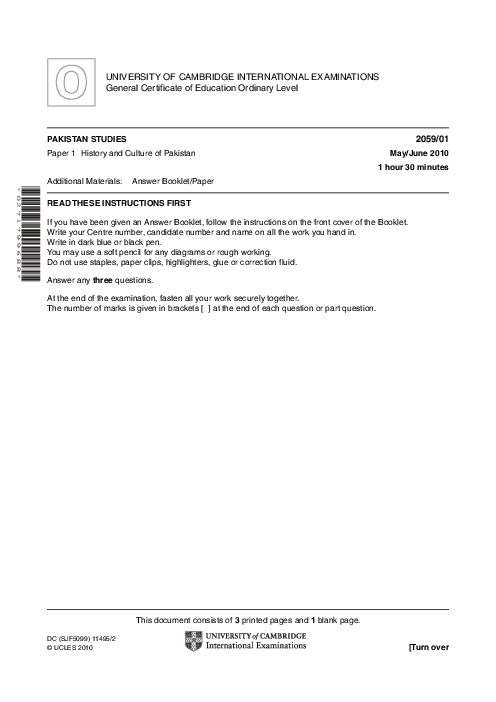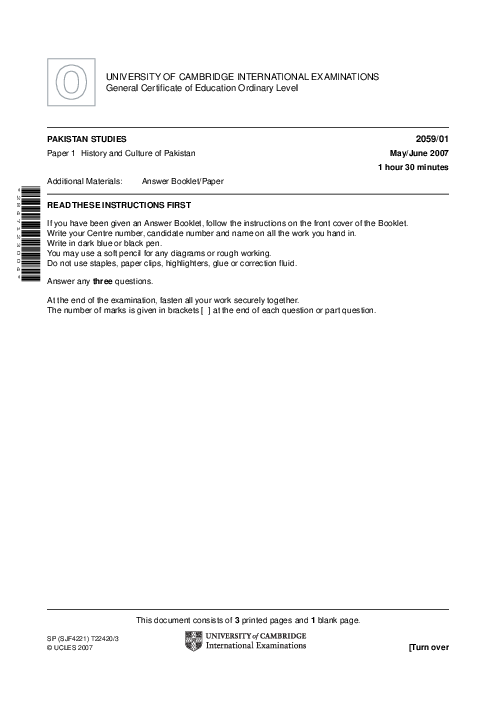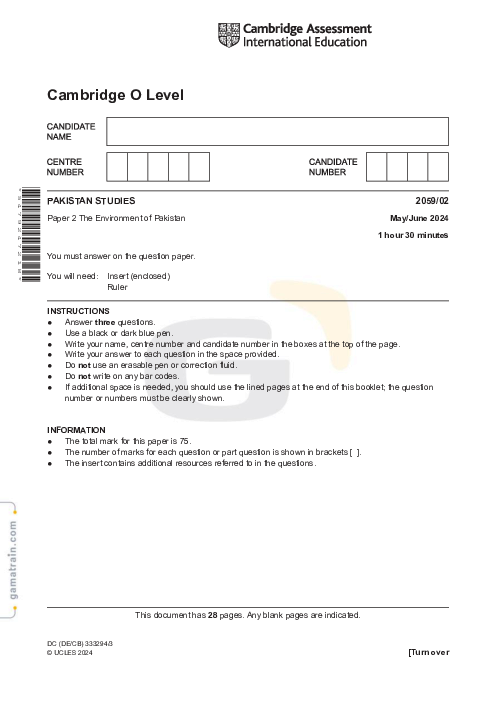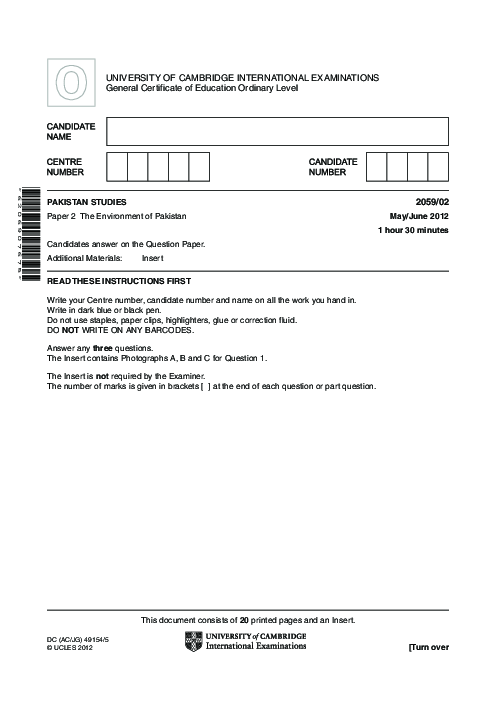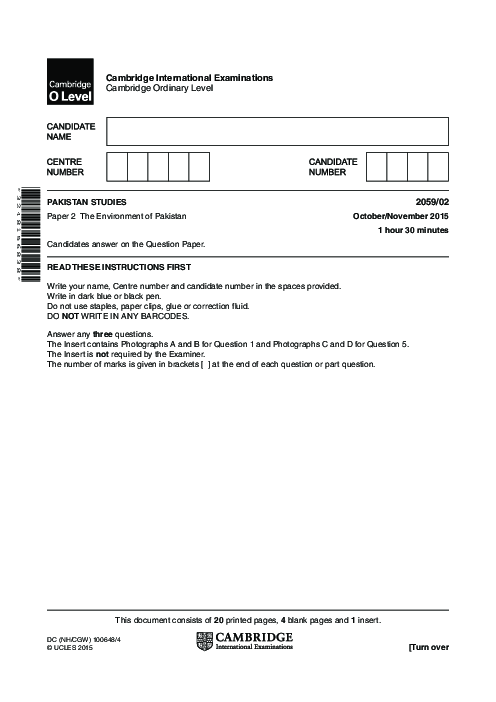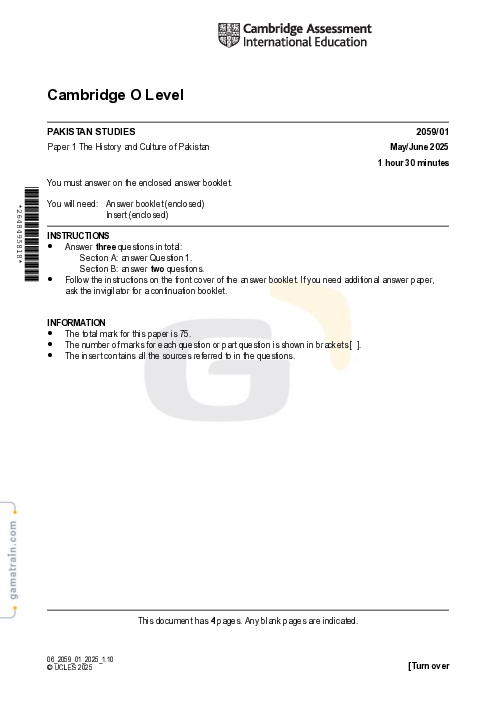This question assesses your understanding of the cultural diversity in Pakistan, including the various ethnic groups and their contributions to the nation.
Describe the cultural diversity in Pakistan, with a focus on different ethnic groups and their contributions.
پاسخ ها: {{ repliesNum }}
پاسخ انتخاب شده
در پاسخ به: {{ reply.reply_to.name }}
در پاسخ به
این پیام حذف شده است.


